Beardsley Lake Reservoir Report
Nearby: Beardsley Afterbay Strawberry
Last Updated: January 2, 2026
Beardsley Lake is a reservoir located in the Sierra Nevada Mountains in California.
°F
°F
mph
Wind
%
Humidity
Summary
The lake was created in 1923 with the construction of Beardsley Dam, which was built for hydroelectric power generation. The lake is fed by the Middle Fork Stanislaus River and is used as a storage facility for water that is released to generate electricity. The area also receives snowpack that melts and flows into the lake. The lake provides water for agricultural uses such as irrigation and recreation activities such as fishing, boating, and camping. The lake has a surface area of 600 acres and a maximum depth of 240 feet. Overall, Beardsley Lake plays an important role in providing water resources and recreational opportunities for the surrounding communities.
Reservoir Details
| Storage 24hr Change | -0.82% |
| Percent of Normal | 224% |
| Minimum |
19,432.0 acre-ft
2007-12-01 |
| Maximum |
97,813.0 acre-ft
2017-07-18 |
| Average | 40,634 acre-ft |
| Nid_Height | 284 |
| Hydraulic_Height | 276 |
| Primary_Dam_Type | Earth |
| Drainage_Area | 310 |
| Year_Completed | 1957 |
| Dam_Height | 278 |
| Structural_Height | 284 |
| River_Or_Stream | Middle Fork Stanislaus River |
| Foundations | Rock |
| Surface_Area | 720 |
| Hazard_Potential | High |
| Outlet_Gates | Tainter (radial) - 4 |
| Nid_Storage | 97800 |
| Dam_Length | 1000 |
Seasonal Comparison
Storage Levels
Pool Elevation Levels
Top Conserv Storage Levels
Inflow Levels
Weather Forecast
Nearby Streamflow Levels
Dam Data Reference
Condition Assessment
SatisfactoryNo existing or potential dam safety deficiencies are recognized. Acceptable performance is expected under all loading conditions (static, hydrologic, seismic) in accordance with the minimum applicable state or federal regulatory criteria or tolerable risk guidelines.
Fair
No existing dam safety deficiencies are recognized for normal operating conditions. Rare or extreme hydrologic and/or seismic events may result in a dam safety deficiency. Risk may be in the range to take further action. Note: Rare or extreme event is defined by the regulatory agency based on their minimum
Poor A dam safety deficiency is recognized for normal operating conditions which may realistically occur. Remedial action is necessary. POOR may also be used when uncertainties exist as to critical analysis parameters which identify a potential dam safety deficiency. Investigations and studies are necessary.
Unsatisfactory
A dam safety deficiency is recognized that requires immediate or emergency remedial action for problem resolution.
Not Rated
The dam has not been inspected, is not under state or federal jurisdiction, or has been inspected but, for whatever reason, has not been rated.
Not Available
Dams for which the condition assessment is restricted to approved government users.
Hazard Potential Classification
HighDams assigned the high hazard potential classification are those where failure or mis-operation will probably cause loss of human life.
Significant
Dams assigned the significant hazard potential classification are those dams where failure or mis-operation results in no probable loss of human life but can cause economic loss, environment damage, disruption of lifeline facilities, or impact other concerns. Significant hazard potential classification dams are often located in predominantly rural or agricultural areas but could be in areas with population and significant infrastructure.
Low
Dams assigned the low hazard potential classification are those where failure or mis-operation results in no probable loss of human life and low economic and/or environmental losses. Losses are principally limited to the owner's property.
Undetermined
Dams for which a downstream hazard potential has not been designated or is not provided.
Not Available
Dams for which the downstream hazard potential is restricted to approved government users.
Area Campgrounds
| Location | Reservations | Toilets |
|---|---|---|
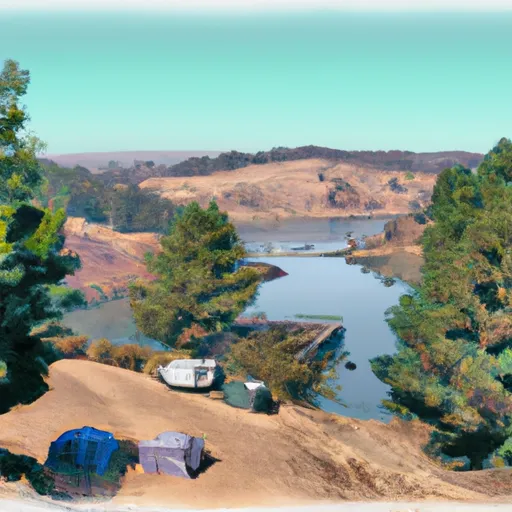 Beardsley Dam
Beardsley Dam
|
||
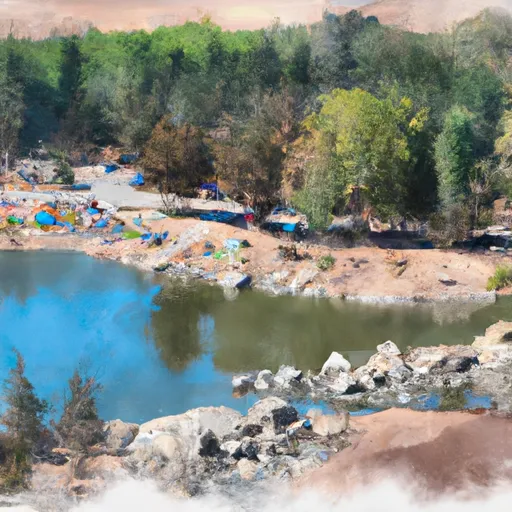 Beardsley Dam Campground
Beardsley Dam Campground
|
||
 TeleLi puLaya (Black Oak) Campground
TeleLi puLaya (Black Oak) Campground
|
||
 Fraser Flat
Fraser Flat
|
||
 Fraser Flat Campground
Fraser Flat Campground
|
||
 Meadowview
Meadowview
|
River Runs
-
 0.15 Mile Downstream From Road 4N26B To Confluence With Lilly Creek
0.15 Mile Downstream From Road 4N26B To Confluence With Lilly Creek
-
 One-Tenth Mile Downstream Of Coffin Hollow To Confluence With Bell Creek And Clavey River
One-Tenth Mile Downstream Of Coffin Hollow To Confluence With Bell Creek And Clavey River
-
 One-Tenth Mile Upstream Of Crabtree Trailhead To 0.15 Mile Downstream Of Road 4N26B
One-Tenth Mile Upstream Of Crabtree Trailhead To 0.15 Mile Downstream Of Road 4N26B
-
 Lilly Creek (Source At Chewing Gum Lake And Y Meadow Lake) To One-Tenth Mile Downstream Of Coffin Hollow
Lilly Creek (Source At Chewing Gum Lake And Y Meadow Lake) To One-Tenth Mile Downstream Of Coffin Hollow
-
 Bell Creek Headwaters To One-Tenth Mile Upstream Of Crabtree Trailhead
Bell Creek Headwaters To One-Tenth Mile Upstream Of Crabtree Trailhead
-
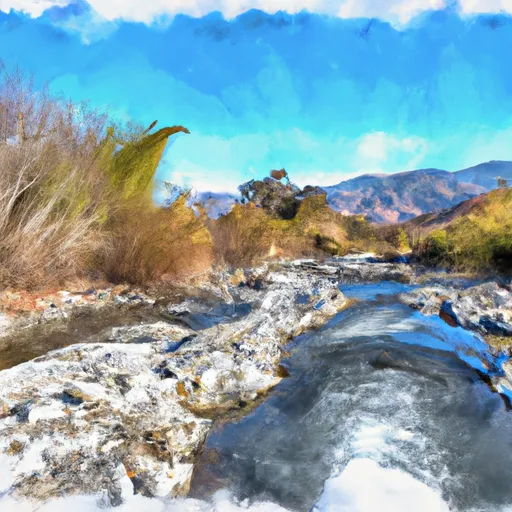 Clavey River At Confluence Of Bell And Lily Creeks To 3N01
Clavey River At Confluence Of Bell And Lily Creeks To 3N01

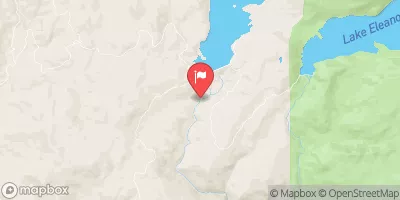
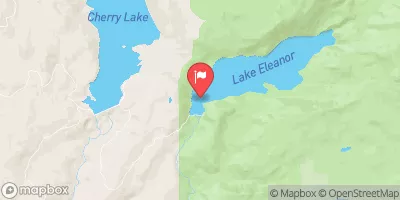
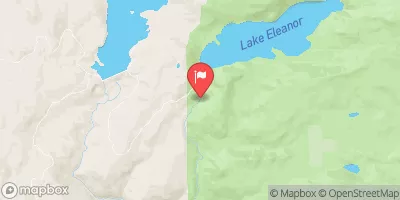

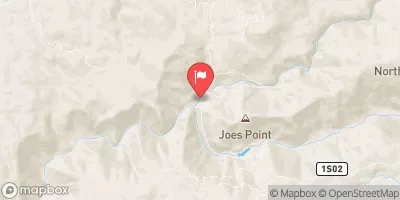
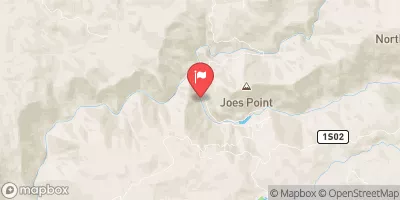
 Beardsley
Beardsley
 Beardsley Lake
Beardsley Lake
 Beardsley Lake Near Strawberry Ca
Beardsley Lake Near Strawberry Ca
 Strawberry
Strawberry
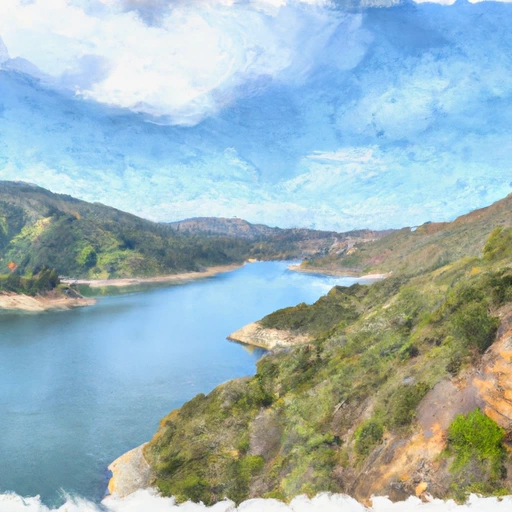 Lyons Reservoir
Lyons Reservoir
 Donnell Lk Nr Dardanelle Ca
Donnell Lk Nr Dardanelle Ca
 Donnells
Donnells